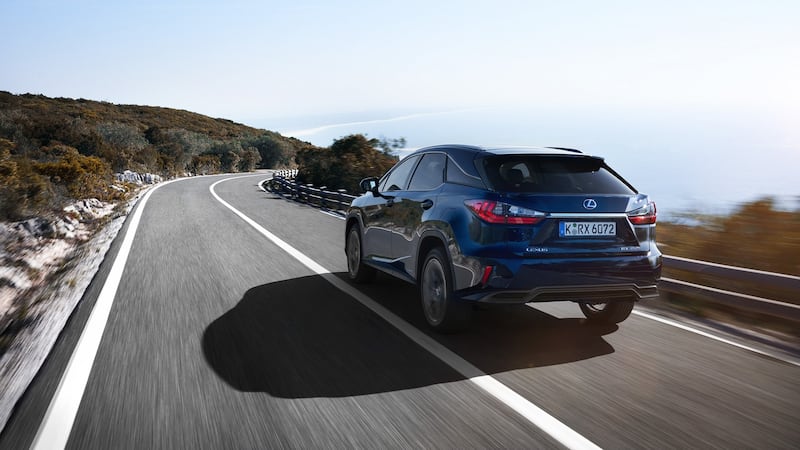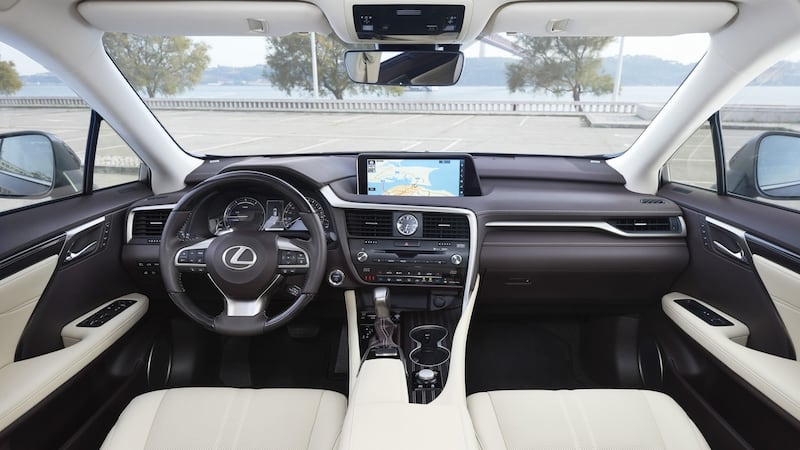Forget talk of an SUV fashion fad or even a crossover bubble. This format is here to stay.
Chatting recently to a US car executive about the potential for this trend to blow over, he practically choked on his Coca-Cola at the stupidity of the question. He proceeded to lay out a pretty convincing argument. It needs to be: he is one of the many executives to sign off on multi-billion euro development plans for future SUVs due for sale in the next few years.
The case put forward centres on the average family with 2.7 children in the late 1980s: they started to find the three-box saloon a little cramped for modern family life. Then in the 1990s they were introduced to the people carriers and fell for their practicality, even if these cars looked like a mobile brick.


Soon they realised the same practicality was available with a little more styling in the ranks of the new SUVs. There was the added attraction of a higher seating position.
Armchair psychologists hypothetise on the mental and even sexual connotations for this bigger and higher-seat motoring format but practically speaking many motorists appreciate the increased visibility and – rightly or wrongly – feel safer up there. They are often loathe to move back down to saloon level.
So, the SUV is here to stay. What has emerged is that the rugged off-road elements are redundant for most buyers. Hence the advent of the crossover. This roundabout discussion brings us to the latest Lexus. It enters the fray at a time when the (very) well-heeled family buyer is spoilt for choice. In the last 18 months we have had the arrival of the latest Audi Q7, the show-stopping Volvo XC90 and a new Mercedes-Benz behemoth to boot.
Head-turning appeal
So where does the RX rank? Well to catch the eye is not easy. That means they have to be bold to stand out from the crowd. On that front, the new RX450h certainly delivers. Thanks to the bold front grille, in terms of drama it is right up there with the XC90 for head-turning appeal, and it makes the once-titanic Q7 look quite tame.
The creased styling takes a little while to get used to but on the right wheels (like the 20-inch alloys fitted to the F-Sport) the overall effect looks fantastic. The Lexus clarion call remains its devotion to hybrid technology, in particular proving that fuel-efficient performance is not an oxymoron.
With that in mind, the RX350h is powered by a combination of 3.5-litre petrol engine and nickel-hydride battery pack with electric motors putting out a combined output of 313bhp and a torque level of 335Nm.
It is the same powertrain combination as before, albeit with improvements to the engine and a better hybrid management system. The end result means emissions levels have dropped from 145g/km on the outgoing model to 120g/km for this new one. Fuel economy has also been improved, with an official fuel economy of 5.2/100km (54.3mpg). There is the potential to run entirely on electric power for a short distance at traffic speeds.
While there are various sport modes available this is no sports SUV. The steering is light with a tendency to oversteer when pushed into tight bends, while the CVT automatic gearbox is still a bugbear for us. Given the refinement of every other facet of this car, why is it so noisy?
The total power output is impressive, particularly when you kick down on motorway stretches, but the torque of 335Nm cannot match the kick you get in any of the direct rival diesels.
Lexus has also added a few acoustic tricks to this version of the car. A sound generator system tunes the engine note that enters the cabin. Welcome to the motoring era of PlayStation engineering.
Standard features
This probably epitomises the sporting reality of the RX: this is not a car for the track, nor is it going to outshine any low-set coupe on the hairpin bends.
It is a remarkably comfortable family cruiser. The RX is really about refinement rather than sport. And on that score it delivers with aplomb.
A high level of standard features on the new RX450h includes leather, and a variety of safety features including adaptive cruise control, pre-crash braking, lane-keeping assist and road-sign recognition.
Perhaps the most impressive feature is the large control screen that dominates the middle of the dashboard, sitting proudly like a full-sized tablet and capable of working as one impressively large screen for sat-nav or dividing into up to three separate elements.
The new RX is guilty of a serious omission, however: it lacks the seven-seat format offered by rivals. Similarly, it seems remiss of a car firm so closely linked to hybrid technology not to offer a plug-in variant. Such a feature means longer runs in electric-only mode and introduces customers to the routine of recharging your car overnight. Rivals at Volvo, Audi and BMW all offer variants with plug-in ability.
Three variants are on offer here: Executive at €69,650; Luxury at €76,450; and at the top either F-Sport at €83,950 or Premium at €86,250. Given the price walk up to either the F-Sport or Premium, the Luxury trim seems to best buy.
The RX may not lead its market segment in terms of technology or functionality but it delivers a refined alternative proposition to the returning well-heeled suburban family market.












